China’s Eight Great Cuisines: A Journey Through Regional Flavors
Chinese cuisine is one of the most diverse and sophisticated culinary traditions in the world. With over 10,000 different dishes, China’s vast geography, varied climate, and rich history have given rise to a wide array of regional cooking styles. Among them, the Eight Great Cuisines of China (中国八大菜系, Zhōngguó Bādà Càixì) stand out as the most influential and representative of the nation’s gastronomic culture.
Each cuisine reflects the local ingredients, climate, and historical influences of its region, offering distinct flavors and cooking techniques. From the fiery heat of Sichuan dishes to the light, fresh taste of Zhejiang seafood, exploring these cuisines is the best way to understand China’s food culture.

1. Sichuan Cuisine (川菜, Chuān Cài)
Fiery, Bold, and Addictively Numbing
Popular regions: Sichuan Province, Chongqing
Flavor profile: Spicy, numbing, aromatic
Signature dishes: Mapo Tofu (麻婆豆腐), Sichuan Hotpot (四川火锅), Water Boiled Beef (水煮牛肉)
Sichuan cuisine, originating from West China, is famous for its bold, spicy, and numbing flavors, primarily achieved through the use of Sichuan peppercorns (花椒, huājiāo) and chili peppers. This cuisine is known for its complex seasoning and layers of flavor, often incorporating garlic, ginger, star anise, and broad bean chili paste (豆瓣酱, dòubànjiàng).
Due to Sichuan’s humid climate, spicy and numbing foods are believed to help balance body temperature and promote digestion. The variety of cooking methods—from stir-frying and steaming to braising and smoking—ensures a diverse and exciting dining experience.
🔹 Recommended Dishes:
- Mapo Tofu (麻婆豆腐): A spicy tofu dish with minced pork and fermented bean paste.
- Sichuan Hotpot (四川火锅): A communal dish with a spicy, numbing broth filled with meats and vegetables.
- Kung Pao Chicken (宫保鸡丁): A sweet, tangy, and spicy stir-fry with peanuts.
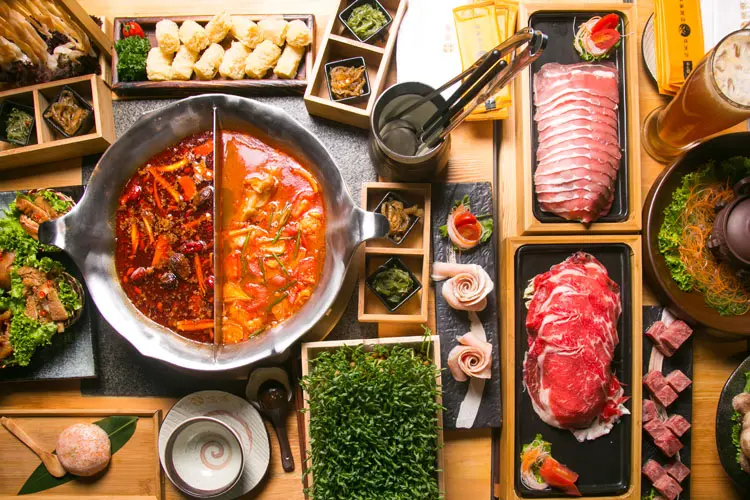
2. Cantonese Cuisine (粤菜, Yuè Cài)
Fresh, Light, and Naturally Sweet
Popular regions: Guangdong Province, Hong Kong, Macau
Flavor profile: Mild, fresh, slightly sweet
Signature dishes: Dim Sum (点心), Char Siu (叉烧), White Cut Chicken (白切鸡)
Cantonese cuisine is the most well-known Chinese cuisine abroad, thanks to its mild flavors, emphasis on freshness, and delicate cooking techniques such as steaming, poaching, and roasting. Unlike Sichuan cuisine, Cantonese food avoids excessive oil and spices, allowing the natural taste of the ingredients to shine.
Dim Sum, a collection of small dishes served with tea, is an essential part of Cantonese culture. The region’s proximity to the sea means fresh seafood plays a major role in its dishes.
🔹 Recommended Dishes:
- Dim Sum (点心): A variety of small, flavorful dishes such as dumplings and buns.
- Char Siu (叉烧): Sweet, glazed barbecued pork.
- Boiled Prawns (白灼虾): Lightly cooked shrimp with soy and ginger sauce.
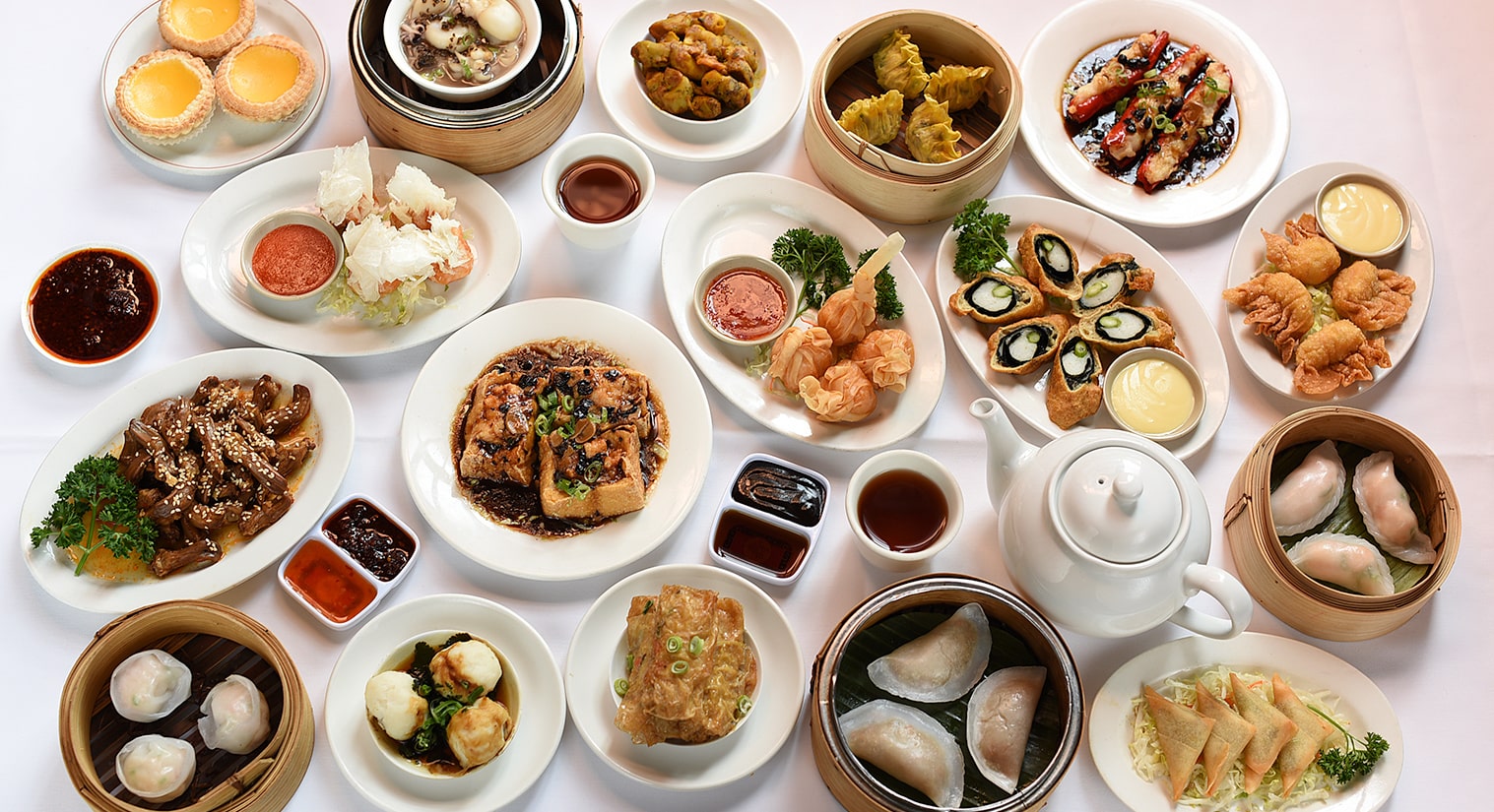
3. Hunan Cuisine (湘菜, Xiāng Cài)
Bolder and Spicier than Sichuan
Popular regions: Hunan Province (Changsha, Zhangjiajie)
Flavor profile: Spicy, sour, smoked
Signature dishes: Steamed Fish Head with Diced Pepper (剁椒鱼头), Spicy Crayfish (口味虾), Smoked Meat
Hunan cuisine, also known as Xiang cuisine, is even spicier than Sichuan cuisine but lacks the numbing effect of Sichuan peppercorns. Instead, it features fresh chili peppers, pickled vegetables, and smoked meats, giving it a distinctive spicy-sour taste.
Hunan’s humid climate has influenced the use of pickled and fermented ingredients, adding depth to its dishes. Steaming and stir-frying are common cooking techniques.
🔹 Recommended Dishes:
- Steamed Fish Head with Diced Pepper (剁椒鱼头): A dish covered in a vibrant red chili sauce.
- Smoked Pork (腊肉): Savory and slightly sweet preserved meat.
- Tasty Crayfish (口味虾): A summer favorite, cooked in a spicy broth.
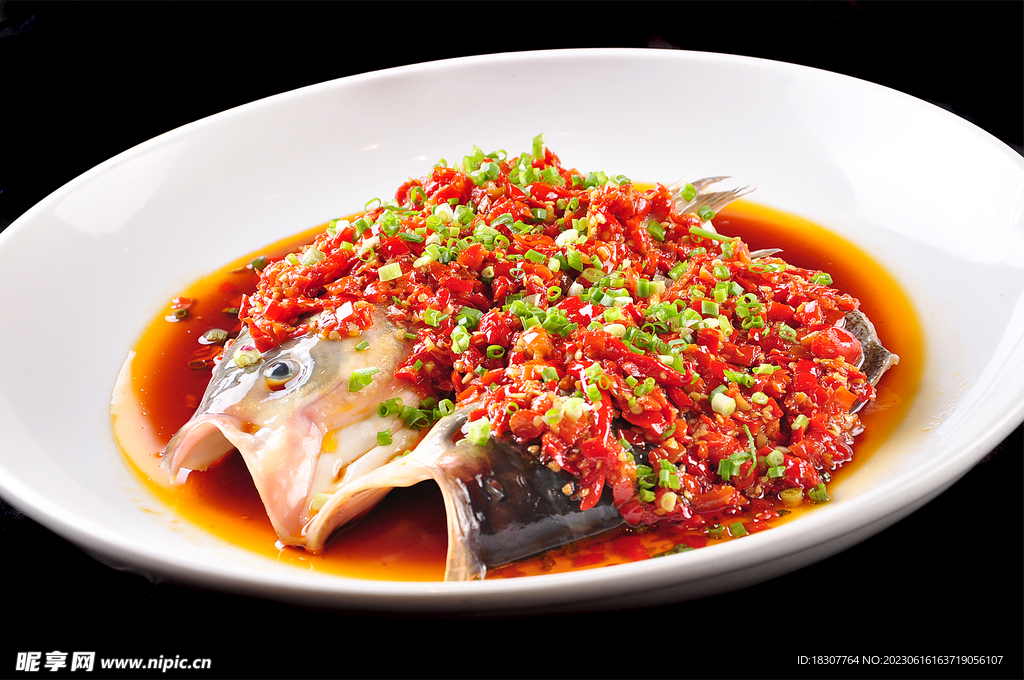
4. Fujian Cuisine (闽菜, Mǐn Cài)
Delicate, Umami-Rich, and Seafood-Based
Popular regions: Fujian Province
Flavor profile: Sweet, sour, seafood-heavy
Signature dishes: Buddha Jumping Over the Wall (佛跳墙), Stewed Chicken with Three Cups Sauce (三杯鸡)
Fujian cuisine highlights the use of fresh seafood, mountain herbs, and delicate soups. The dishes are often light and aromatic, with a balance of sweet and savory flavors. Soups and broths play an essential role in this cuisine, with slow-simmered stocks creating deep umami flavors.
🔹 Recommended Dishes:
- Buddha Jumping Over the Wall (佛跳墙): A luxurious dish made with seafood, meats, and Chinese herbs.
- Three-Cup Chicken (三杯鸡): A fragrant dish cooked with soy sauce, rice wine, and sesame oil.
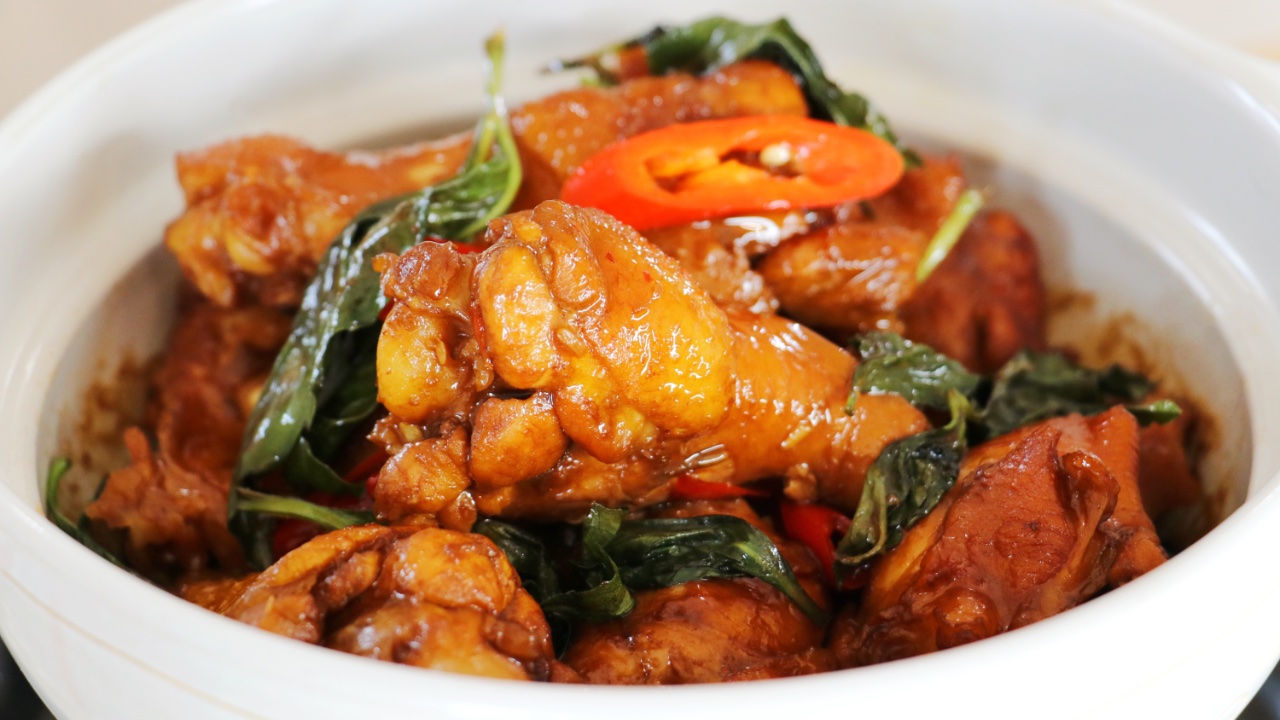
5. Jiangsu Cuisine (苏菜, Sū Cài)
Refined, Fresh, and Balanced
Popular regions: Jiangsu Province (Nanjing, Suzhou)
Flavor profile: Light, slightly sweet, delicate
Signature dishes: Sweet and Sour Mandarin Fish (松鼠桂鱼), Braised Pork Belly
Jiangsu cuisine is known for its elegant presentation and emphasis on high-quality ingredients. The flavors are typically mild and balanced, with an emphasis on freshwater seafood and light sauces.
🔹 Recommended Dishes:
- Sweet and Sour Mandarin Fish (松鼠桂鱼): A visually stunning dish with a crispy fish covered in a tangy sauce.
- Brine-Boiled Duck (盐水鸭): A specialty from Nanjing, tender and flavorful.
6. Shandong Cuisine (鲁菜, Lǔ Cài)
Bold, Savory, and Seafood-Focused
Popular regions: Shandong Province
Flavor profile: Salty, rich, hearty
Signature dishes: Braised Sea Cucumber (红烧海参), Four Joy Meatballs (四喜丸子)
Shandong cuisine is one of the oldest culinary traditions in China and was highly influential in Imperial cuisine. It features hearty dishes, with a focus on seafood, grains, and strong flavors.
🔹 Recommended Dishes:
- Four Joy Meatballs (四喜丸子): Large, flavorful pork meatballs in a savory sauce.

7. Zhejiang Cuisine (浙菜, Zhè Cài)
Fresh, Light, and Elegant
Popular regions: Zhejiang Province (Hangzhou, Ningbo)
Flavor profile: Mellow, slightly sweet, seafood-rich
Signature dishes: West Lake Vinegar Fish (西湖醋鱼), Dongpo Pork (东坡肉)
Zhejiang cuisine is known for its light flavors and artistic presentation, with an emphasis on freshwater fish and seafood.
🔹 Recommended Dishes:
- Dongpo Pork (东坡肉): A slow-braised pork belly dish.
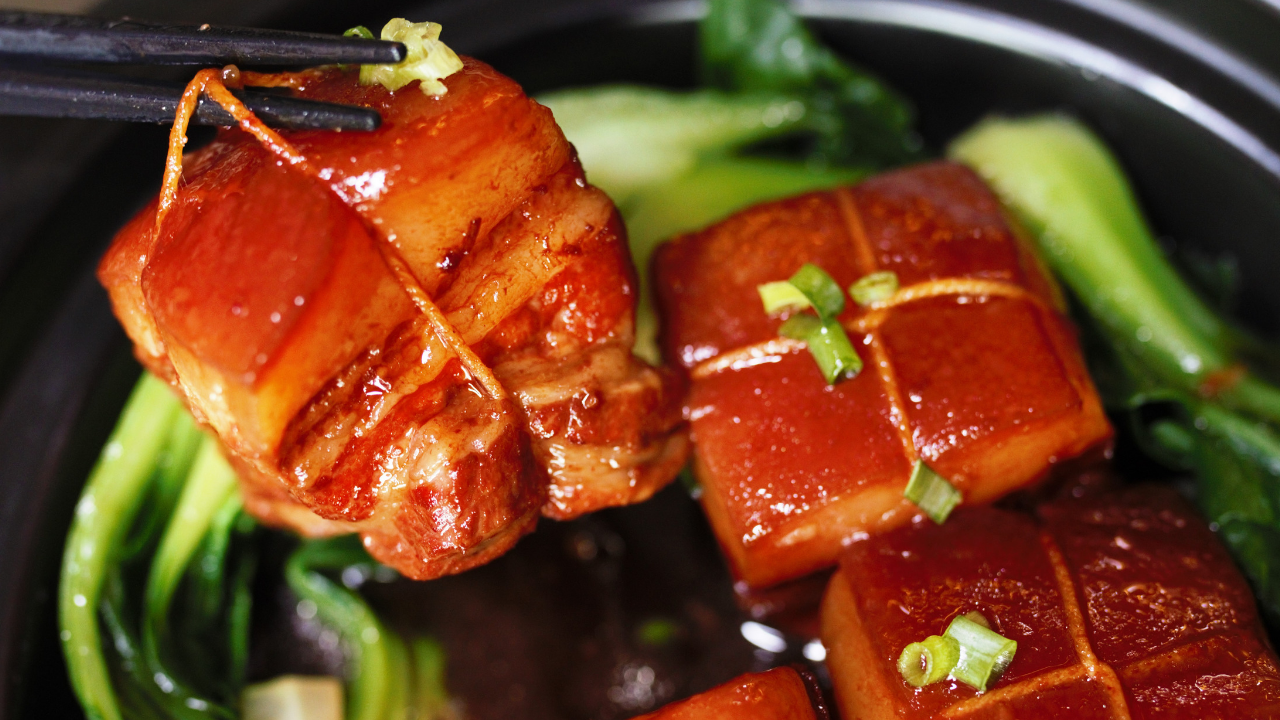
8. Anhui Cuisine (徽菜, Huī Cài)
Rustic, Earthy, and Wild
Popular regions: Anhui Province
Flavor profile: Simple, fresh, smoky
Signature dishes: Ham and Bamboo Stew (火腿炖鞭笋), Stewed Softshell Turtle
Anhui cuisine uses wild ingredients from the mountains, such as mushrooms, game meats, and herbs.
🔹 Recommended Dishes:
- Ham and Bamboo Stew (火腿炖鞭笋): A flavorful soup with rich umami.


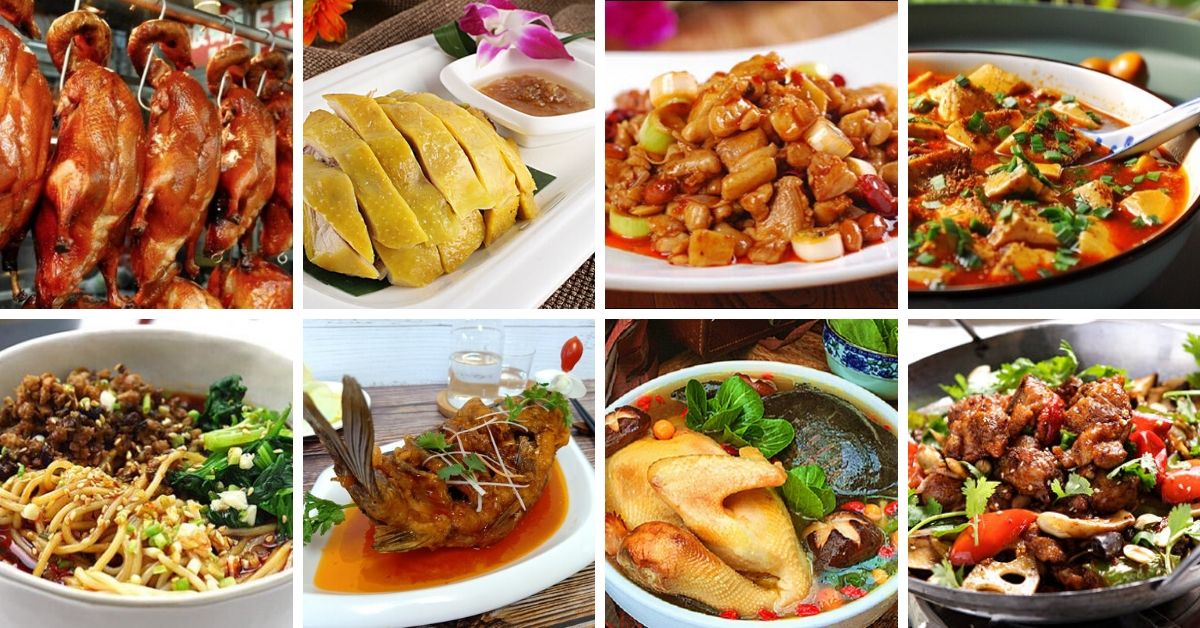
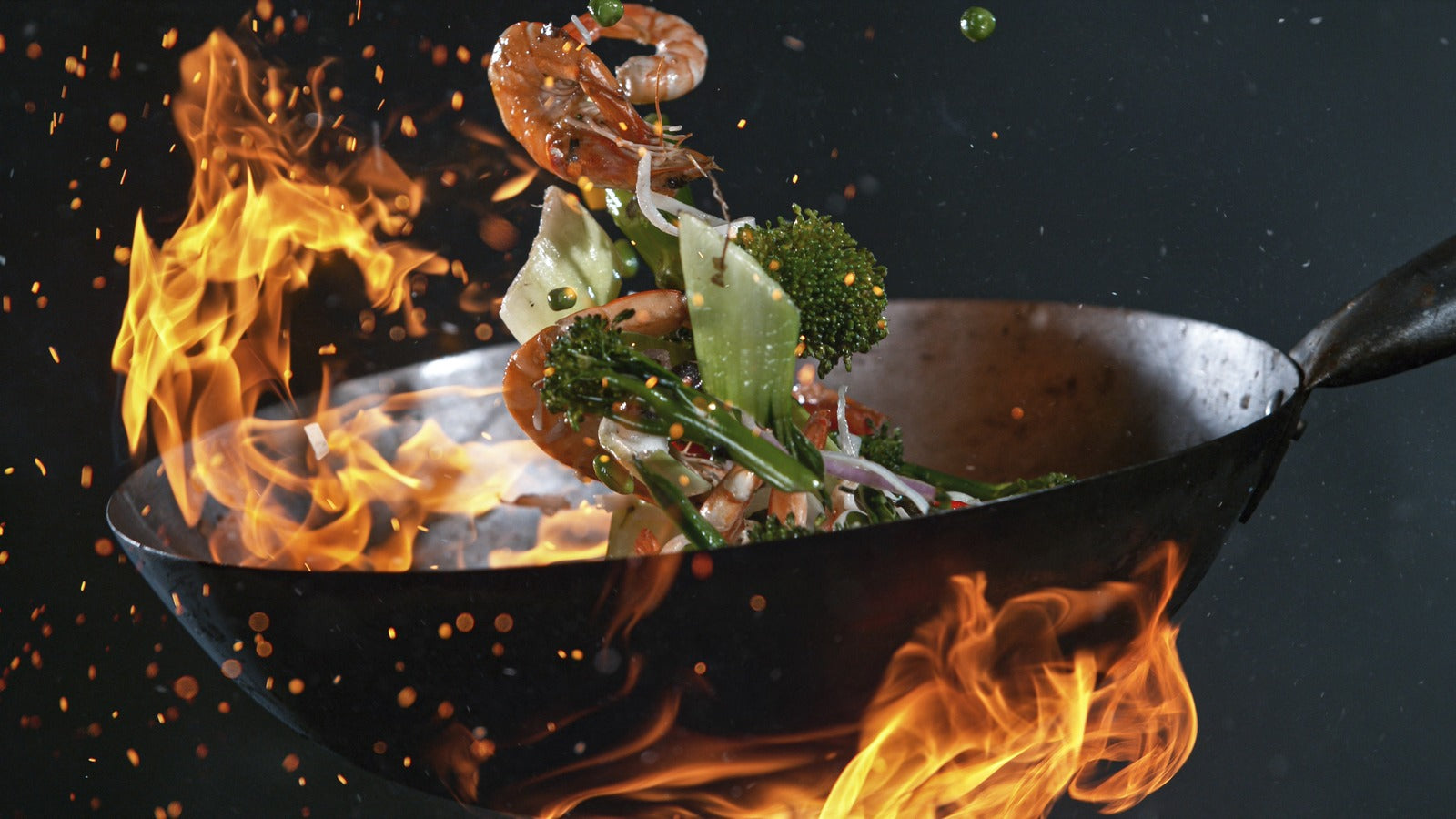

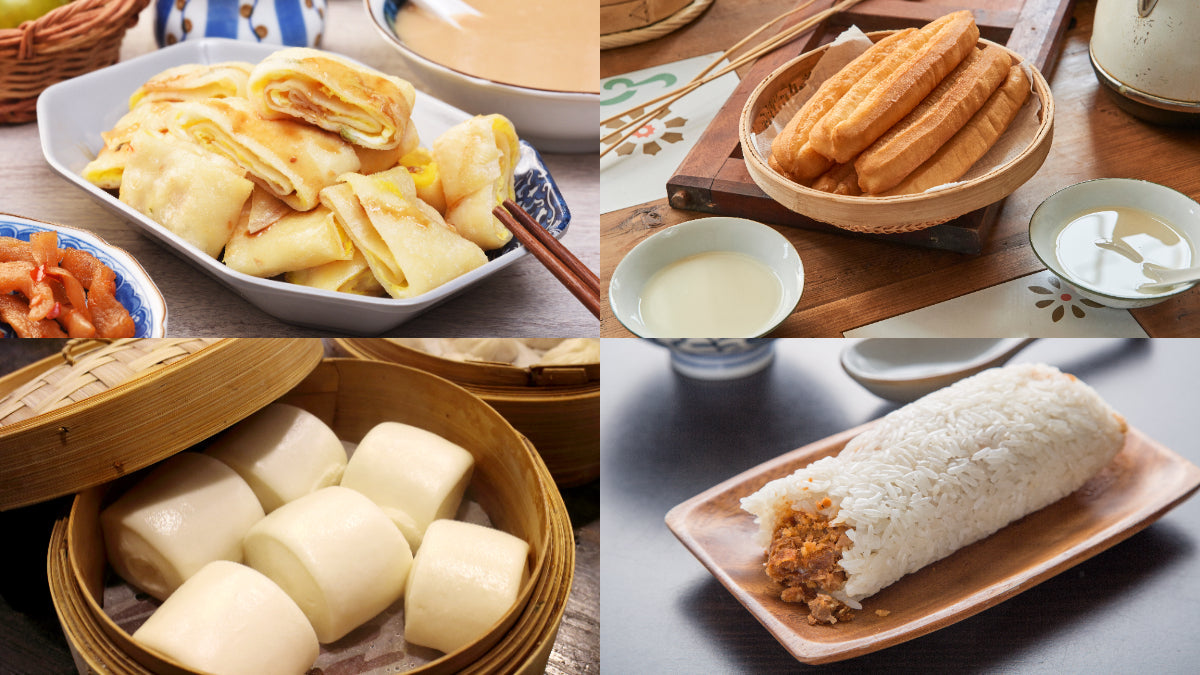
Share:
Exploring Chinese Cuisine: Key Ingredients & Essential Seasonings and Sauces